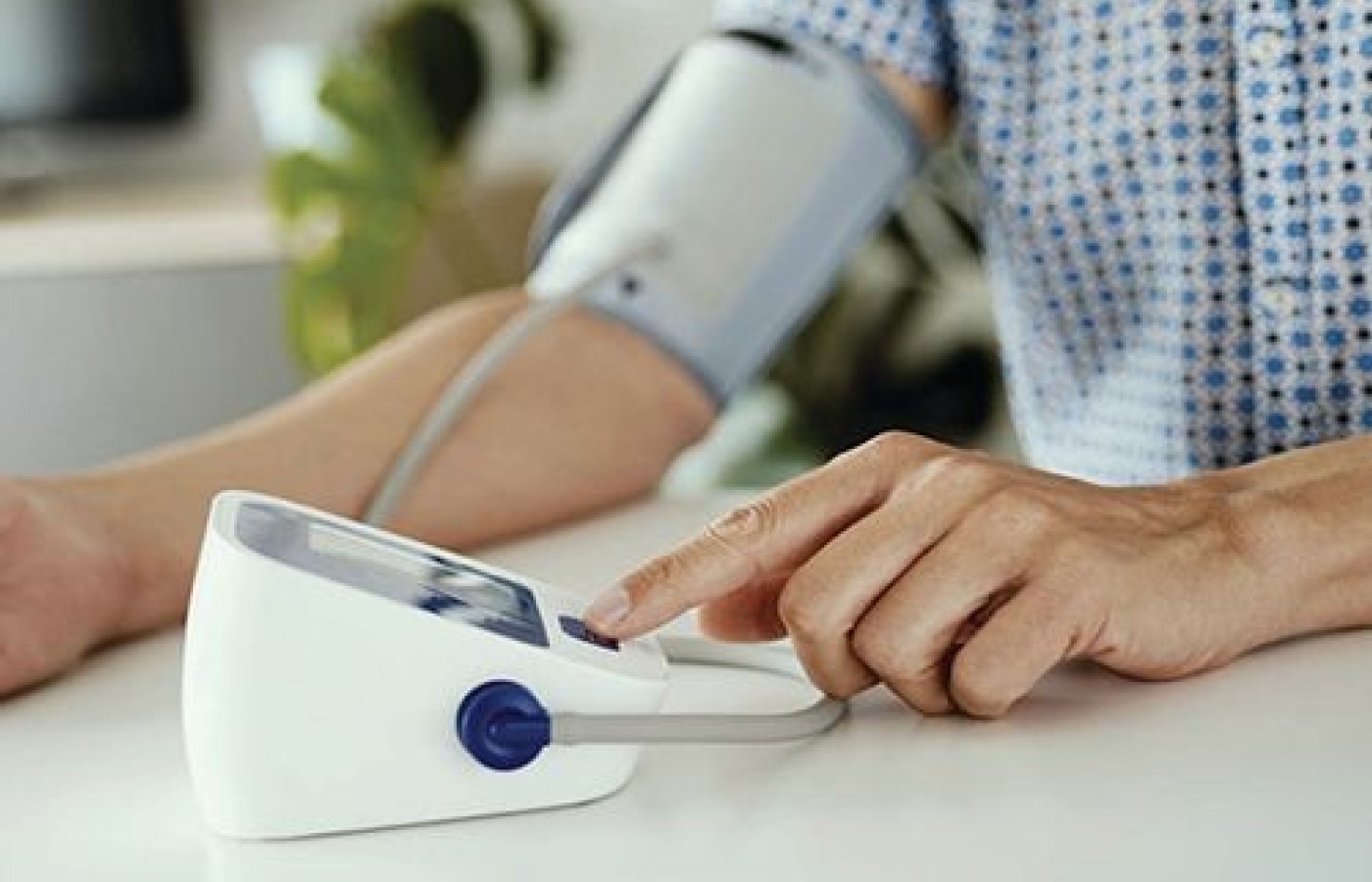Whether you accept it, avoid it or live somewhere in between, insurance coverage has become a defining issue for our profession. Patients increasingly expect to use their benefits, practitioners want to be compensated fairly for their time and expertise, and the system itself remains – at best – fragmented. The encouraging news is that coverage has expanded in meaningful ways. The challenging news is that reimbursement, across the board, remains inadequate.
A Novel Exercise & Stretches for High Blood Pressure
According to the World Health Organization, hypertension is a leading cause of stroke and cardiovascular disease, which cause more than 15 million deaths annually.1 Affecting more than 1.3 billion people worldwide, arterial hypertension is diagnosed when systolic pressure exceeds 130 mmHg and/or diastolic pressure exceeds 80 mmHg.2
The risk of a cardiovascular event increases in a linear manner with systolic pressure: every 20 mm increase in systolic pressure over 115 doubles the risk of an event.3 In other words, someone with a systolic blood pressure of 135 mmHg is twice as likely to have a stroke as an individual with a systolic pressure of 115. Alarmingly, hypertension is present in more than 65 percent of the American population over the age of 60 and its prevalence is increasing.4
What Isn't Working
Standard medical treatment for hypertension is pharmacological intervention (for people with systolic pressure greater than 140 mmHg) and/or lifestyle modification. Unfortunately, despite having spent more than 70 years perfecting medications to lower blood pressure, nearly 50 percent of individuals receiving pharmacological treatment are unable to meet their guideline-driven goals.5 Even worse, 50 percent of hypertensives receive no treatment at all.

Although recommendations for lifestyle changes, such as reducing salt intake, smoking cessation and weight loss, are effective, patient compliance is low. Also, while light regular exercise is routinely recommended in the management of hypertension, it is not that effective.
Previous meta-analyses show that commonly prescribed exercises such as walking, swimming and light resistance training reduce systolic and diastolic pressure by only 3 mmHg.6 This insignificant drop hardly alters the cardiovascular risk profile associated with hypertension.
Diaphragm Training
Fortunately, recent research has shown that specific exercises and stretches can appreciably reduce blood pressure. One of the more interesting new strategies to lower blood pressure is strengthening your diaphragm. In 2019, researchers from Colorado7 had 13 middle-aged, hypertensive men and women perform high-intensity diaphragm training by repeating 30 inhales at 75 percent maximum inspiratory pressure, six days per week for six weeks. A control group repeated the same exercises only at 15 percent maximum inspiratory pressure.
At the end of the study, the average systolic blood pressure in the high-intensity group dropped from 137 to 127 mmHg, while there was no change in blood pressure in the control group.
In 2021, da Silva, et al.,8 published a meta-analysis evaluating the efficacy of diaphragm strengthening for lowering blood pressure and noted that when resistance is applied during inspiratory muscle training, systolic pressures drop by almost 16 mmHg and diastolic pressures drop by 7 mmHg. When diaphragm exercises are performed without resistance, systolic pressures drop 5 mmHg, while diastolic pressures remain unchanged.
The authors attribute the reductions in blood pressure to the increased parasympathetic tone associated with respiratory muscle training. The easiest way to perform inspiratory muscle training is with a device such as the BreatheEasy Lung Exerciser, which has a dial that allows the user to adjust resistance. (This particular device can be purchased online for about $30.)
Isometric Contractions
In addition to diaphragm exercises, multiple studies have shown that performing just a few minutes of isometric muscle contractions a few times per week can effectively lower blood pressure.9-11 In a particularly interesting paper, Wiley, et al.,9 had subjects perform isometric handgrip exercises in which they were told to squeeze their hands at about 30 percent full effort and hold the contraction for two minutes. This was followed by a three-minute rest and repeated four times.
This routine was repeated three times per week for eight weeks. At the end of the study, systolic and diastolic resting blood pressures were reduced by 12.5 and 14.9 mmHg, respectively. One of the things that makes this paper so interesting is that the people spent less than 24 minutes exercising each week.
In a review of the literature regarding the effects of isometric exercise on resting blood pressure, Owen, et al.,11 determined that on average, simple isometric exercises performed just a few times per week lower systolic pressure by 10.4 mmHg and diastolic pressure by 6.7 mmHg. The authors state: "These changes are similar to those achieved with a single pharmacological agent."
The fact that isometric contractions reduce blood pressure was proven by Buck, et al.,12 who measured blood pressure in 4,273 men and noted that blood pressure was significantly lower in men with jobs requiring moderate to heavy isometric activity. This difference persisted after adjusting for age, affluence, obesity and/or the use of alcohol.
Stretching (the Arteries)
Besides exercise interventions, the simple act of stretching has recently shown to lower blood pressure. Bisconti, et al.,13 measured vascular function, arterial stiffness and vascular remodeling before and after 12 weeks of a stretching routine consisting of various calf, quadriceps and hamstring stretches designed to specifically stretch the femoral and popliteal arteries. Each stretch was held for 45 seconds and repeated five times.
At the end of the study, vascular function, blood pressure and arterial stiffness decreased in both the upper and lower extremity, confirming that the stretching routine induced both local and systemic cardiovascular improvements. There was an increase in femoral artery blood flow, a decrease in peripheral artery stiffness, and a significant decrease in both systolic and diastolic pressures.
The study authors suggest stretching large arteries creates a tensile strain in the arteries' endothelium that incites the production of nitric oxide, which has been proven to reduce vascular stiffness. My favorite stretch for targeting all the large blood vessels is the reverse warrior pose in yoga.
Take-Home Points
While there are many alternative approaches for reducing blood pressure, such as taking magnesium taurate supplements,14 performing high-intensity interval training15 and eating foods rich in nitric oxide (such as beets),16 a proven simple and effective way to reduce blood pressure is to strengthen the diaphragm, perform a few isometric contractions a couple of times per week, and regularly stretch the large blood vessels. Because these stretches and exercises are so good for maintaining cardiovascular health, they should be a part of everyone's workout, whether or not they have hypertension.
References
- World Health Organization global health estimates, 2018 report.
- American Heart Association 2017 hypertension clinical guidelines.
- Lewington S, Clarke R, Qizilbash N, et al. Age-specific relevance of usual blood pressure to vascular mortality. Lancet, 2002; 360:1903-1913.
- American Heart Association: heart disease and stroke statistics-2018 update. Circulation, 2018:180.
- Falaschetti E, Mindell J, Knott C, et al. Hypertension management in England: a serial cross-sectional study from 1994 to 2011. Lancet, 2014;383:1912-1919.
- Cornelissen VA, Fagard RH. Effects of endurance training on blood pressure, blood pressure-regulation mechanisms, and cardiovascular risk factors. Hypertension, 2005;46:667-675.
- Craighead D, Inspiratory muscle strength training lowers resting systolic blood pressure and improves vascular endothelial function in middle-aged and older adults. FASEB J, 2019;33:541-4
- DaSilva C. Can respiratory muscle training change the blood pressure levels and hypertension? A systematic review with meta-analysis. Scand J Med Sci Sports, July 2021;31(7):1384-1394.
- Wiley RL, Dunn CL, Cox NH, et al. Isometric exercise training lowers resting blood pressure. Med Sci Sports Exerc, 1992;24:749-754.
- Howden R, Lightfoot JT, Brown SJ, et al. The effects of isometric exercise training on resting blood pressure and orthostatic tolerance in humans. Exp Physiol, 2002;87:507-515.
- Owen A, Wiles J, Swaine I. Effect of isometric exercise on resting blood pressure: a meta-analysis. J Human Hypertension, 2010;24:796-800.
- Buck C, Donner A. Isometric occupational exercise and the incidence of hypertension. J Occup Med, 1985;27:370-372.
- Bisconti, A, Cè E, Longo S, et al. Evidence for improved systemic and local vascular function after long-term passive static stretching training of the musculoskeletal system. J Phys, 2020:1-22.
- Shrivastava P, Choudhary R, Nirmalkar U, et al. Magnesium taurate attenuates progression of hypertension and cardiotoxicity against cadmium chloride-induced hypertensive albino rats. J Tradit Complement Med, 2019 Apr;9(2):119-123.
- O'Brien M, Jarrett J, Robinson S, et al. Impact of HIIT, MICT, and resistance training on endothelial function in older adults. Med Sci Sports Exerc, 2020;52(5):1057-1067
- Kapil V, Khambata R, Robertson A, et al. Dietary nitrate provide sustained blood pressure lowering in hypertensive patients: a randomized, phase 2, double-blind, placebo-controlled study. Hypertension, 2015:320-327.



